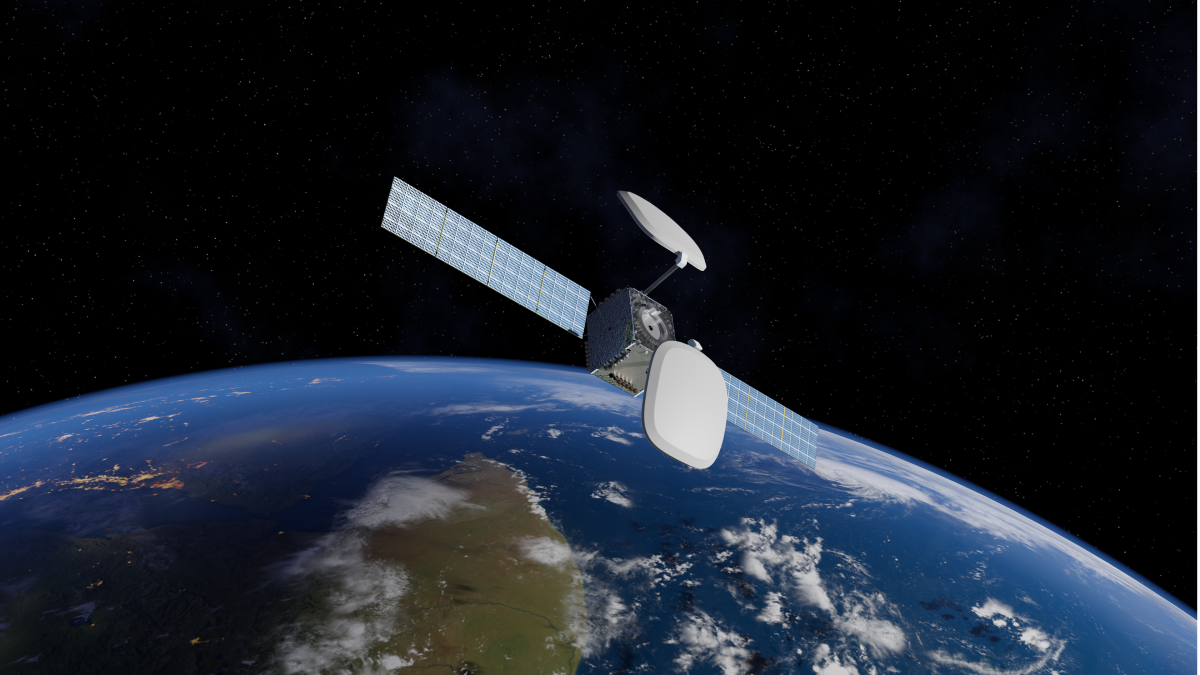Hallo zusammen!
Kaum zu glauben, dass es schon fast ein Jahr her ist, dass unser letztes QO-100 User Meeting stattgefunden hat! Die Zeit vergeht wie im Flug, wenn man Spaß hat, richtig? Nun, es ist höchste Zeit, dass wir alle wieder zusammenkommen für einen weiteren großartigen Abend voller toller Gespräche und Verbindungen!
Wir haben das Datum auf Samstag, den 29. Juni 2024, um 19:00 Uhr MESZ festgelegt und treffen uns in einem tollen Restaurant in der Nähe der HAM RADIO Messe. Es ist nur einen kurzen Spaziergang oder eine kurze Autofahrt entfernt, also keine Ausreden! Wir werden hier den Namen und die Wegbeschreibung zum Restaurant vor der Veranstaltung bekannt geben.
Um sicher zu gehen, dass wir genug Platz für alle haben, brauchen wir Eure RSVP, indem Ihr Eure Stimme in der Umfrage unten mit Eurem Rufzeichen und Namen abgebt. Vergessen Sie nicht, eine separate Stimme abzugeben, wenn Ihr Partner oder ein Freund mitkommt. Wir freuen uns auch über Ihre Kommentare und Vorschläge!
 https://nuudel.digitalcourage.de/xFTH7GExCEG1Nu3J
https://nuudel.digitalcourage.de/xFTH7GExCEG1Nu3J
Die Mitglieder des Vorstands und des Kernteams der AMSAT-DL sowie viele Rover haben ihre Teilnahme bereits zugesagt, und wir können es kaum erwarten, uns mit Ihnen allen zu treffen. Freuen Sie sich auf einen Abend voller Lachen, anregender Diskussionen und guter Laune. Einige unserer Rover-Teilnehmer werden außerdem in kurzen Vorträgen über ihre Erfahrungen und Erkenntnisse aus ihren Aktivierungen berichten.
Halten Sie sich auf dem Laufenden über weitere Einzelheiten, sobald die Veranstaltung näher rückt. Wenn ihr Fragen habt oder eure RSVP aktualisieren wollt, schreibt Nina eine Nachricht an DL2GRC@darc.de
Wir freuen uns auf einen unvergesslichen Abend mit euch allen!
Beste 73er von eurem Organisationsteam,
Nina DL2GRC, Matthias DD1US und Flo DF2ET



